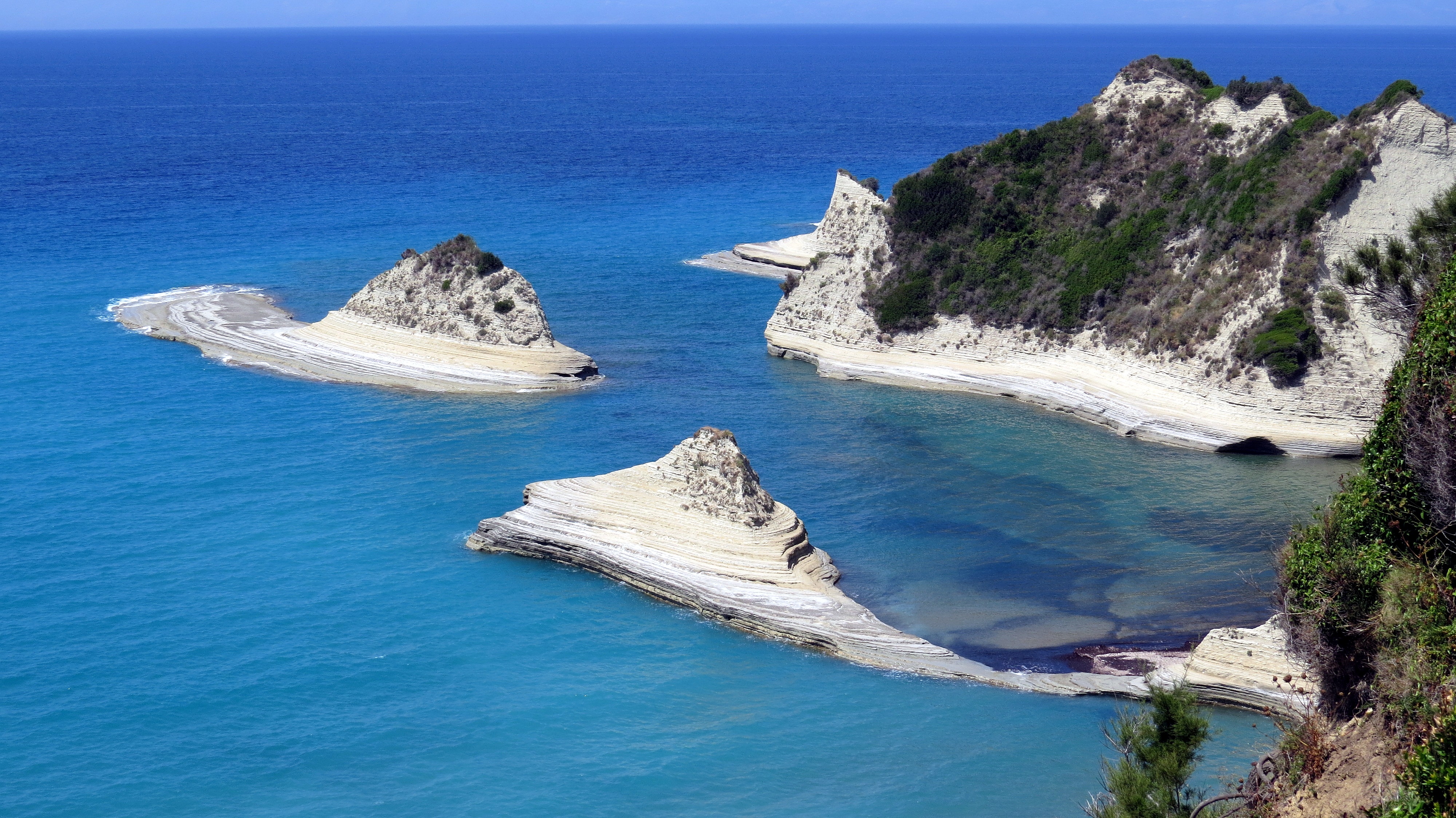Why Do Plants Need Calcium?
What Is Calcium?
What is calcium? Why do plants need calcium? Where do we get calcium from? These are some of the questions that beginner growers ask. Let’s begin with the basic first, calcium is a alkaline metal with the symbol Ca and its atomic number is 20 on the periodic table. Calcium is the fifth most abundant element in the earth crust, and every living cell depends on it. But for today we would be talking about why plants need calcium.
Why Do Plants Need Calcium?
| Calcium is an essential secondary macro-nutrient that is absorbed by the roots of plants and travels by the xylem to new shoots and leaves. The plant uses calcium to strengthen cell walls, hold cells together, plants metabolism, and activates specific plant enzymes. Calcium improves the absorption of nutrients and helps in their translocation within the plant. Calcium is a alkaline metal which helps neutralize organic acids in plants that form during cell metabolism such as bonding to pectate acid to form calcium pectate. Unlike most macro-nutrients calcium is not a mobile nutrient meaning that it starts at the roots and ends at the leaves, it does not go up and down. |  This Island Is Covered with Limestone This Island Is Covered with Limestone ( Limestone is mainly composed of calcium carbonate or dolomite) |
Calcium Deficiency
In nature calcium deficiencies are rare because there is so much of it in the soil, unlike everything else calcium is not considered a leach able nutrient. But depending on your soil condition, what calcium you have could not be available to your plant. In This section we are going to discuss a lot of the main causes for calcium deficiency.
Environmental Stress
Calcium travels by transport of the xylem, as the plant draws in new water it releases the old water thru its leaves into the air. Humidity, temperature, light, soil condition and wind could potentially slow down transpiration affecting the intake of calcium. ( “Xylem: the vascular tissue in plants that conducts water and dissolved nutrients upward from the root and also helps to form the woody element in the stem.”) Definition from dictionary.com
Lack Of Watering
Very similar to environmental stresses the lack of water can and will cause a calcium deficiency. ( Remember that calcium is up taken with water by the xylem)
Water PH
When your PH is below 6 the solubility of calcium drops. ( Ideal PH is 6.0- 7.0)

What Happens When There Is Too Much Calcium?
Excessive calcium creates a nutrient lock preventing other important macro nutrients and micro nutrients from being adsorb. (Potassium, magnesium, manganese and iron and etc…. ) When you have an excessive amount of calcium you’ll begin to see symptoms of other deficiencies making it hard for the beginner grower to spot and diagnose. Calcium is consider a non leach able substance meaning that it doesn’t drain away with water. If you are adding more calcium than your plant can use and keep adding more and more flushing your plants might be difficult then anticipated.
Sources Of Calcium
Gypsum: Composed of calcium sulfate dihydrate ( Will Not Raise PH ) Buy Now!
Lime: Calcitic lime and/or Dolomite lime ( Will Raise PH ) According to U.S. National Institutes of Health’s National Library of Medicine some plants could pull carbon from calcium carbonate instead of from the air. Buy Now!
Grounded Shells: You’ll want to bake them around 200 degrees and then crush them up. ( Remember this method is more natural but takes longer to be available, you can add vinegar to speed up the process)
Bone meal: Just like the name implies bone meal is finely grounded up animals. Buy Now!
Cal Mag: Calcium and Magnesium deficiency are most of the time associated together. Buy Now!
In a recent study we provided evidence that pigweed, an aggressive weed, attenuates this problem exploiting large crystals of calcium oxalate as dynamic carbon pools. This plant is able to photosynthesize even under drought conditions, when stomata are closed and water losses are limited, using carbon dioxide from crystal decomposition instead from the atmosphere. U.S. National Institutes of Health’s National Library of Medicine

